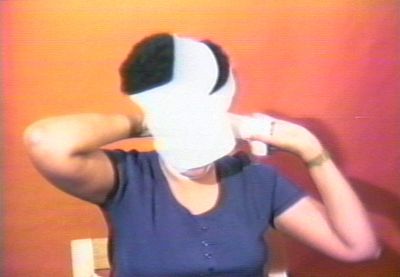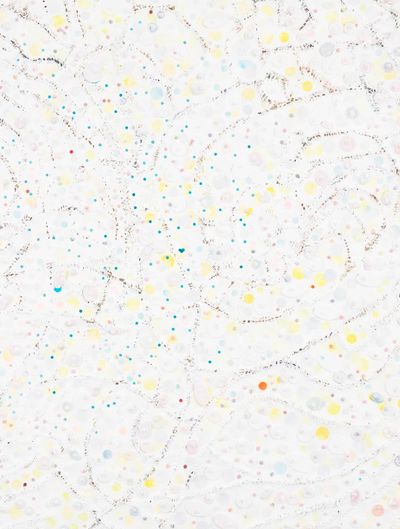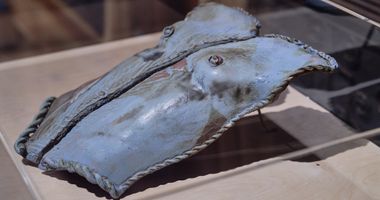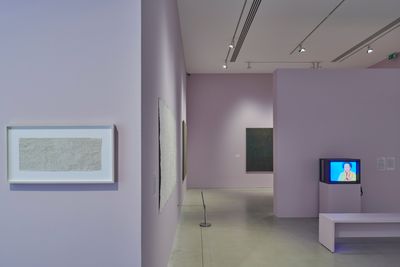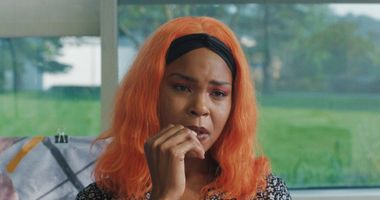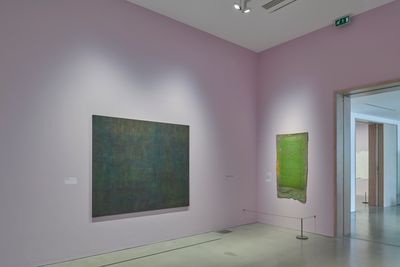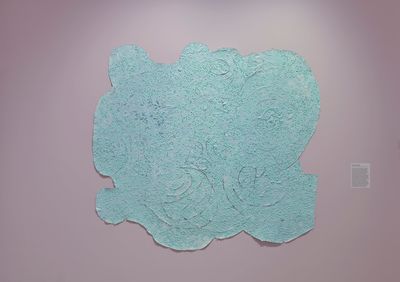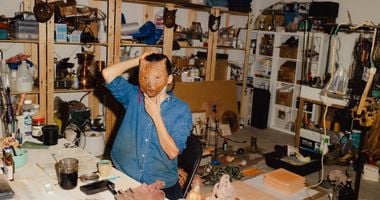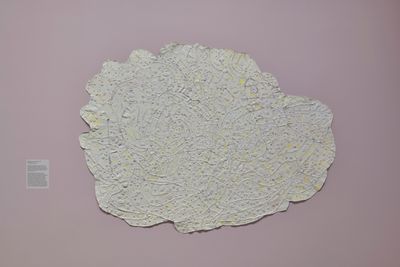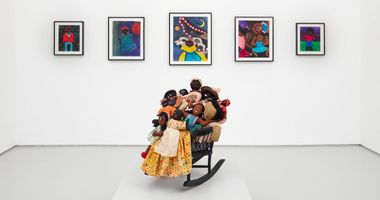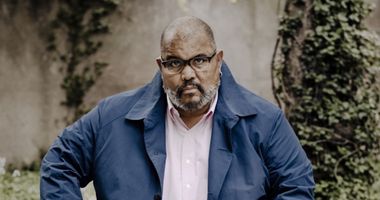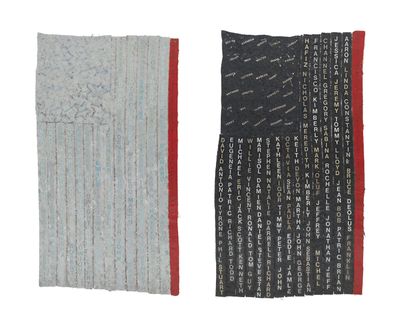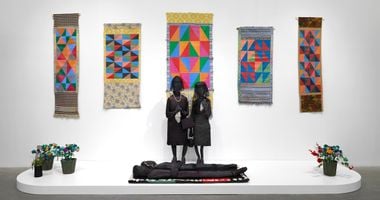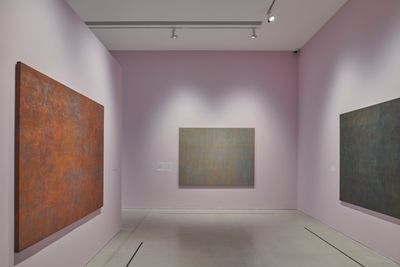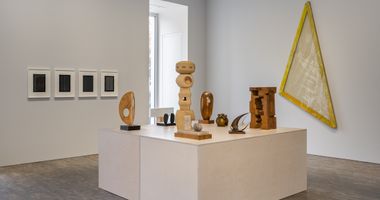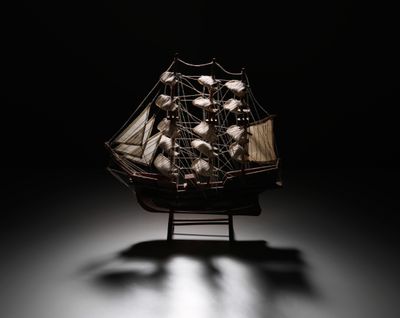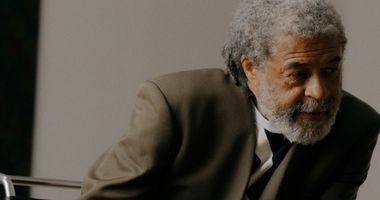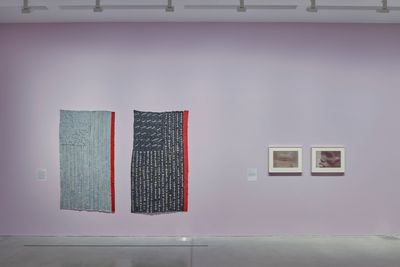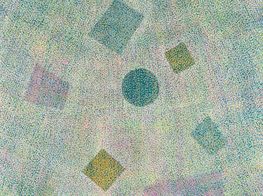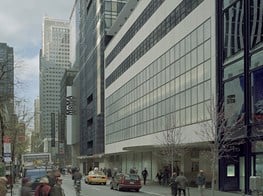Howardena Pindell: 'I am an artist, not part of a so-called "minority"'
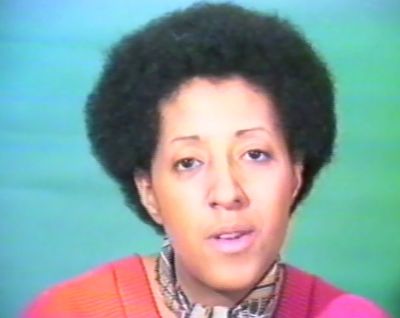
Howardena Pindell, Free, White and 21 (1980) (still). U-matic, colour, and sound. 12 min, 15 sec. Courtesy the artist, Garth Greenan Gallery, and Victoria Miro.
The first U.K. solo institutional retrospective of American artist, curator, and educator, Howardena Pindell surveys six decades of the artist's ongoing critiques of racism, sexism, and discrimination within the art and wider world.
Showcasing painting, film, and mixed-media works, A New Language is currently on view at Kettle's Yard, Cambridge (2 July–30 October 2022), organised in collaboration with Fruitmarket, Edinburgh, and Spike Island, Bristol, where it will be headed from 18 February to 21 May 2023.
The exhibition's title comes from a 1988 essay by Pindell titled 'Art World Racism: A Documentation', which stems from her research in the 1980s and 90s into racial and gender demographics and discriminatory practices within museum institutions and the art world.
In 2022, A New Language is a reminder to everyone who cares that they are active agents in bearing witness and calling for change.
In this text, Pindell describes the overwhelming whiteness of the field, which still rings true today, and the ways it excludes artists of colour, or engages with them in a tokenistic way. 'I am an artist,' Pindell asserts: 'I am not part of a so-called "minority", "new" or "emerging" or "a new audience".' Pindell observed the use of these terms to demean, limit, and make people of colour appear powerless.
To counter these dynamics, she continued, 'We must evolve a new language which empowers us and does not cause us to participate in our own disenfranchisement.'
A seminal work defining Pindell's fierce resistance to institutional racism is the 12-minute-long single-channel video Free, White and 21 (1980), which sees the artist narrating instances of racial discrimination she has faced as a Black artist in the art world, while confronting second-wave feminism's exclusion of women of colour.
Pindell has said that she made the work 'after yet another run-in with racism in the art world and the white feminists', whom Pindell observed had little consideration for the struggles of Black women artists, whose omission from galleries and exhibitions 'was rarely noticed, except by a few'.
Pindell's rejection and resistance against stereotyping and labels feed into a life's work committed to dismantling constructions of 'the Black artist' and institutional othering.
When she raised her voice to protest, Pindell was accused of being jealous: 'Racism, as a constant assault in the daily lives of all people of colour, was not a high priority for them,' she observed. 'It was seen as "a cause", "a special interest group", and "political"—something for their temporary concern if their attention was engaged.'
Pindell's video reacts to these conditions, where 'women of colour who spoke out were considered "belligerent"', and feminists implied they should be more 'cooperative'.1 Looking into the camera, Pindell recalls past encounters with racism in a deadpan voice, before changing her image to play a white character who counters her claims of paranoia and untruths.
Pindell's intersectional experience working as an artist, academic, and educator, strengthened her refusal of the art world's constraints. Pindell was the first African American woman on MoMA's curatorial staff in the 1970s, she would quit in 1979 due to institutional racism. Her professional career in academia progressed afterwards in the Department of Art at Stony Brook University, New York, where she still teaches today.
Moreover, Pindell is one of 20 founding members of A.I.R. Gallery (Artist in Residence), the first all-female cooperative gallery in the U.S. supporting women artists in curating exhibitions and taking risks in ways that commercial galleries would not.2
Pindell's rejection and resistance against stereotyping and labels feed into a life's work committed to dismantling constructions of 'the Black artist' and institutional othering. She confronted difficult subjects dealing with enslavement, violence against Black and Indigenous people, police brutality, the A.I.D.S. crisis, and climate change, all of which are foregrounded in A New Language.
Asserting one's position and status solely as an artist and nothing more is central to freeing up multiple ways of engaging with artworks by artists of colour, often read singularly through the lens of identity politics.
Spread across two floors of Kettle's Yard, the first works encountered in Gallery 2 downstairs are abstract paintings that, at first glance, look like beautiful abstract collages. In Plankton Lace #1 (2020), viewers encounter an aquamarine cloud-shaped painting made from textured punched-paper circles covered in glitter.
Plankton Lace #1 is named after mostly microscopic drifting organisms that play an important role in the marine food web essential to the health of the planet but are currently under threat from rising sea temperatures.
Nearby works, Songlines: Connect the Dots (2017) and Untitled (Talcum Powder) (1973), the latter of which achieves added texture using talcum powder, employ abstraction and painting's materiality to offer contemplative respite from the difficulties and emotions frequented in Pindell's wider practice. They break away from the rigidity of the traditional canvas frame to present organic shapes that allude to living organisms.
To counter existing dynamics, 'we must evolve a new language which empowers us,' Pindell says.
Pindell's laborious painting process of cutting, sewing, and encrusting surfaces emerged from a unique technique she developed in the 1970s, when she began layering thousands of circular punched-out paper dots to create rich colours, textures, and forms on the image plane.
Other works on view include War: Agent Orange (Vietnam #1) and War: Starvation (Sudan #1) (both 1988) from a series of self-described 'video drawings' consisting of photographic prints of television news images of conflicts in Vietnam and Sudan layered with acetate sheets that the artist annotates with arrows, numbers, and circles.
Larger, flag-like canvases include Columbus (2020), which addresses colonial oppressions and atrocities against Black and Indigenous communities. Comprised of black ink overlayed with grey text referring to European imperialism, Indigenous dispossession, and white supremacism, the work evokes a profound sense of loss, mourning, and Black funerary traditions.
Separate but Equal Genocide: AIDS (1991–1992) is another work resembling the U.S. flag. Deeply poignant, two separate canvases depicting twin flags, one white, another black, list the names of children afflicted with A.I.D.S. Pindell made these works in homage to her cousin, Carmen Lewis, who died of A.I.D.S. at age 35, and others whom she names on the black canvas.
Due to Lewis' biracial appearance, his access to health care weighed heavily on whether medical professionals deemed him to belong to either group. The work highlights racial discrimination in the U.S. healthcare system by referencing a legacy of racial segregation that began in the late 19th century. Although segregation was formally abolished in 1964, its reverberations remain.
In the adjacent gallery, three large abstract paintings grace the entrance leading into a mostly minimal presentation of paintings and works on paper from the 1970s, including Untitled (Stencil) (1970)—all of which detail Pindell's different processes, such as incorporating punched-out paper circles, strips of paper painted with acrylics, and using water and plastic wrap to soften the work's edges.
Nearby, drawing collages from Pindell's 'Paraiba Test' series (1974) assemble letters from the Phoenician alphabet: specifically, an inscription on a broken stone found by an enslaved person in Brazil in the 19th century, which if true, reassesses the global history that has long attributed first contact with the Americas to Christopher Columbus.
The exhibition concludes on the first floor with Rope/Fire/Water (2020), a video work Pindell had wanted to make in the 1970s, but was unable to due to lack of support. Considering the global outcry for racial justice spurred by the killing of George Floyd in 2020 and the Black Lives Matter movement, the artist revisited themes first explored over five decades ago, presenting an unflinching account of slavery, lynching, and the civil rights movement.
The work is unwatchable in parts due to its depictions of racism, dating as far back as the transatlantic slave trade. Graphic scenes flash between archival photographs of lynchings and the 1963 Children's Crusade protests in Birmingham, Alabama.
Across Pindell's work, there is a sense of continuity in the themes the artist addresses, with astute observations on the intersections of racism, oppression, and injustice resonating not just in the U.S. but globally, while similarly connecting across time and space.
In 2022, A New Language is a reminder to everyone who cares that they are active agents in bearing witness and calling for change. Because injustice anywhere is a threat to justice everywhere. —[O]
1 Howardena Pindell, 'On Making the Video, Free White', The Howardena Pindell papers, online, https://pindell.mcachicago.org/the-howardena-pindell-papers/on-mak.ing-a-video-free-white-and-21-1992/.
2 Other founding members include Rachel bas-Cohain, Judith Bernstein, Blythe Bohnen, Agnes Denes, Daria Dorosh, Loretta Dunkelman, Harmony Hammond, Laurace James, Nancy Kitchell, Louise Kramer, Anne Healy, Rosemary Mayer, and Patsy Norvell.


